Faulting in rocks
Faulting in rocks is the fracturing or breaking of the rocks in the earth crust caused by either tensional or compressional force.
Characteristics of faulting
When faulting takes place the rocks blocks are either displaced vertically or horizontally. The vertical displacement of starter or rocks is known as a throw. The throw varies from few millimeters to hundreds of meters in extend. The rock block the movement upward is called the upthrow where as that which move downward is called the downthrow. Where the fault is inclined, there is a horizontal displacement of the two blocks known as heave. The fault plane is the surface of movement between the upthrow and the downthrow. The hade is the angle of the fault from the vertical.

Before and after faulting

Upthrow, down throw and Have
Types of fault
Fault may be classified by the movement which has taken place along them. The different type of fault includes.
- Normal fault
- Reverse fault
- Tear fault
- Thrust fault
- Step fault
Normal fault:
A normal fault is caused by tensional force within the earth crust. In this fault both the hidden and the down throw are in the same direction. The highest side which is the upthrow rise in such a way that no over hanging is produced. In a normal fault the fault plane can either be vertical or inclined.
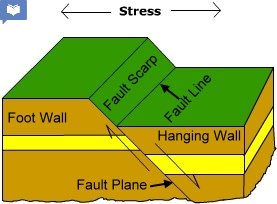
Diagram of a Normal fault
Reverse fault:
The reverse fault is caused by compressional force which leads to vertical displacement of the rock blocks. In a reverse fault, the rocks of the upthrow are pushed over those of the downthrow. Hence and overhang is produced and can later be removed by erosion.
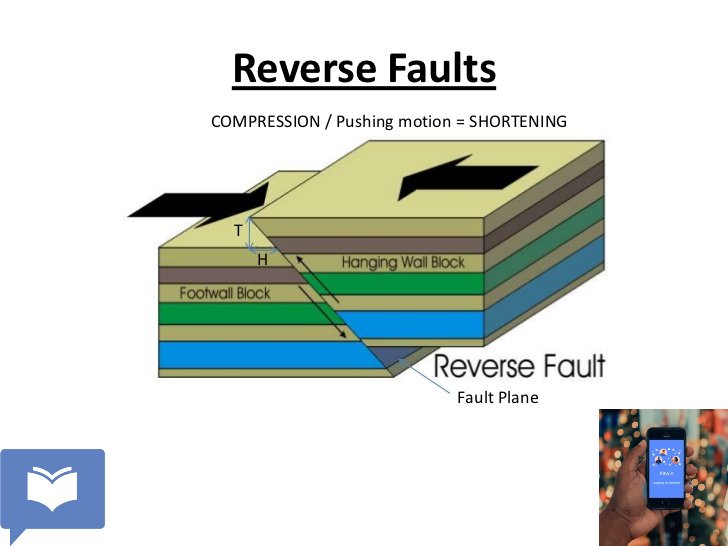
Tear fault:
This fault is caused by tension force which leads to horizontal movement of the blocks. Here the fracture is vertical but the rock blocks are displaced horizontally in opposite direction

tear fault
Thrust fault:
A thrust fault is also called an over thrust fold. This is caused by compressional force within the earths crust. It occurs in folded sedimentary rocks whereas a result of great pressure on a recumbent fold fracture develops. The up fold is pushed forward along the plane of fracture.
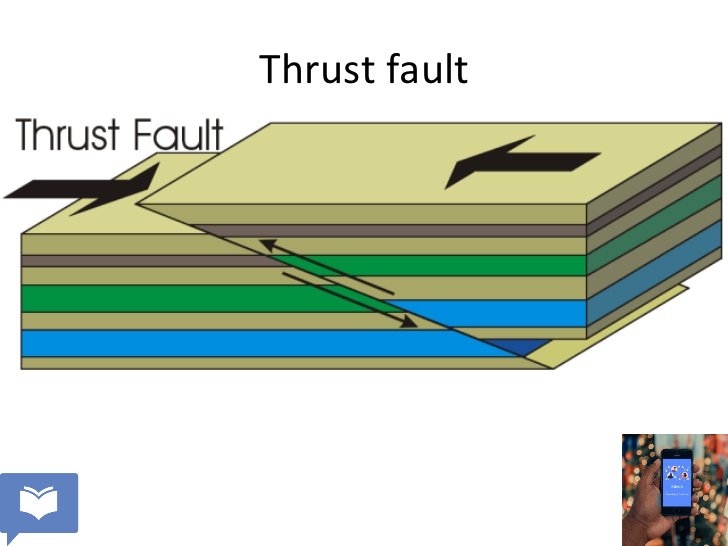
thrust fault
Step fault:
Step faulting involves the vertical displacement of rock blocks caused by tension force. In step fault many vertical faults are produce which cut across the bedding planes of the sedimentary rock strata. The rock blocks subside forming a valley with a series of steps.








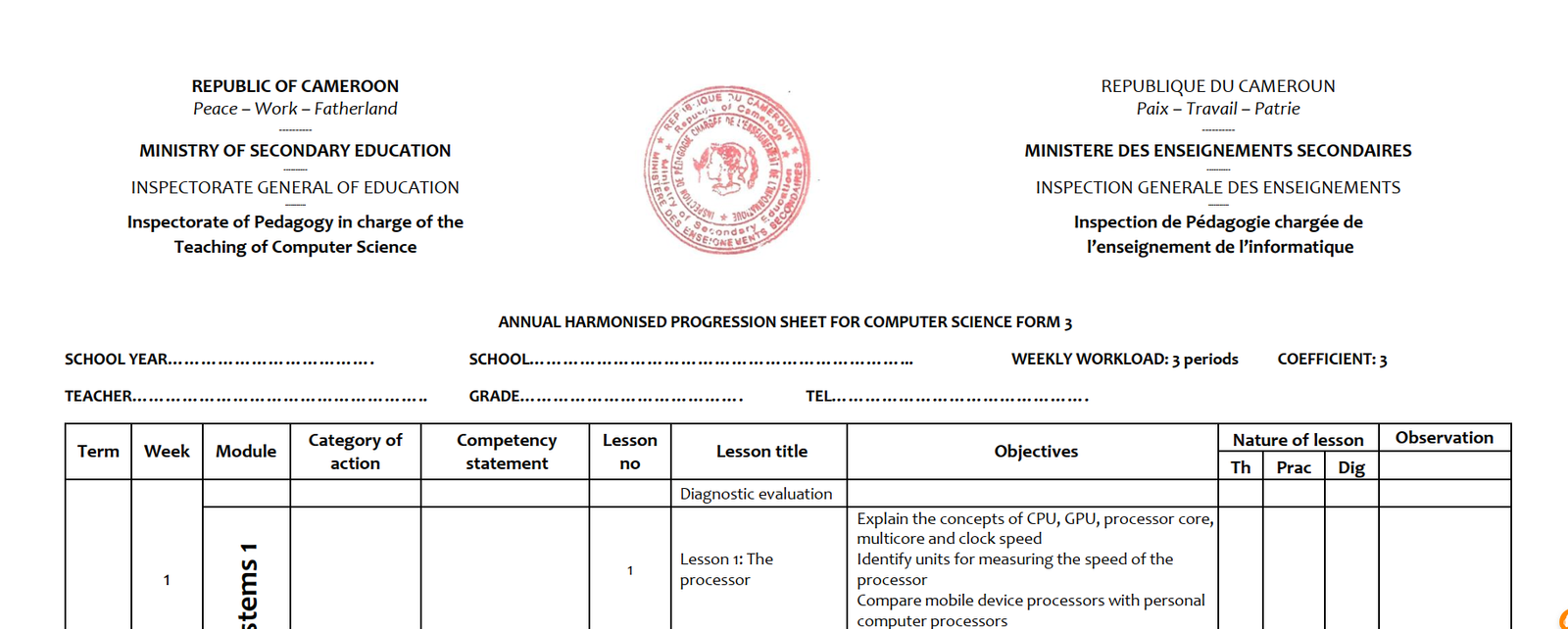
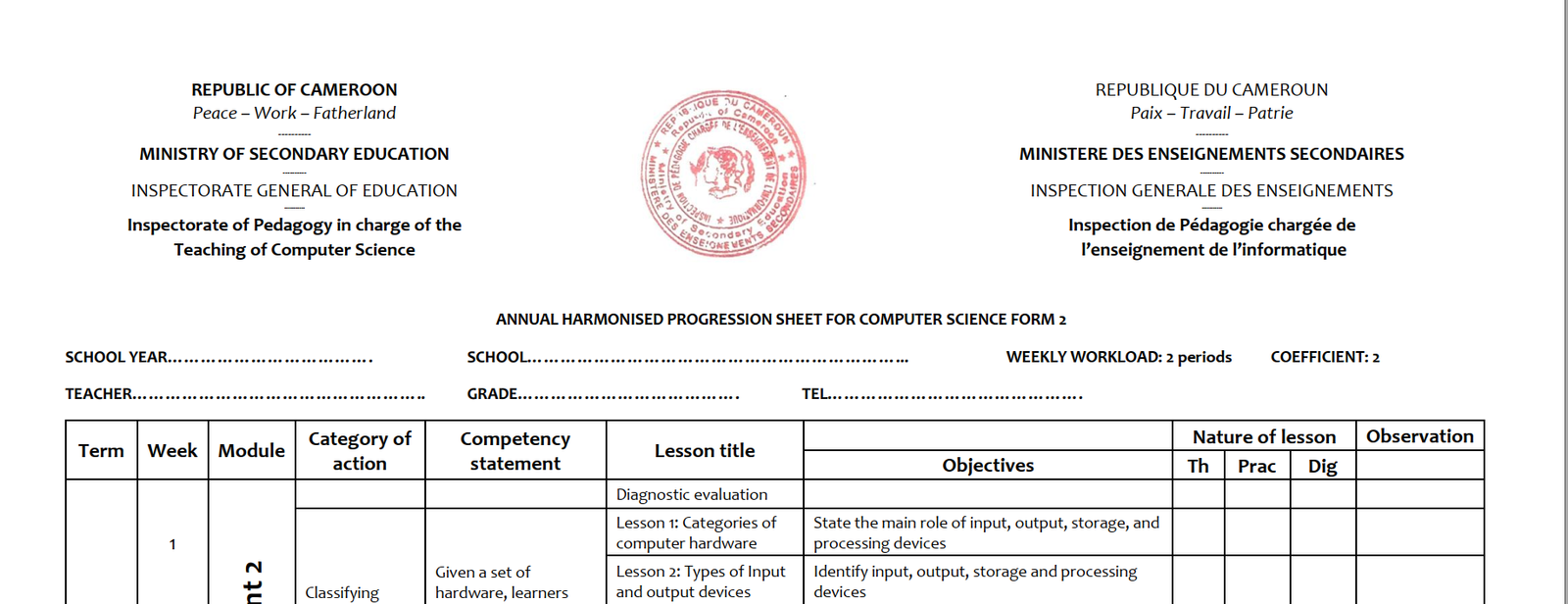
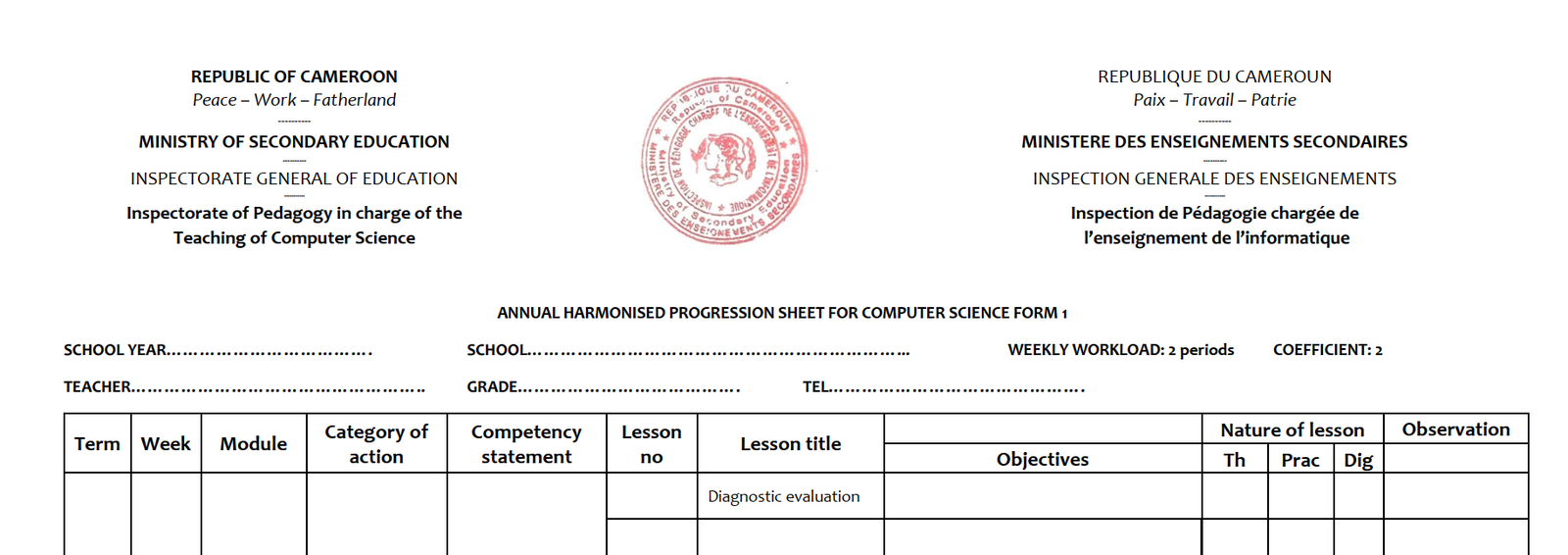


grazziella
May 10, 2020
these diagrams are too difficult to draw
Destiny
November 19, 2022
Wow great, gave me all I wanted
Marie Noëlle Madjuiko
March 1, 2023
J'aime Google